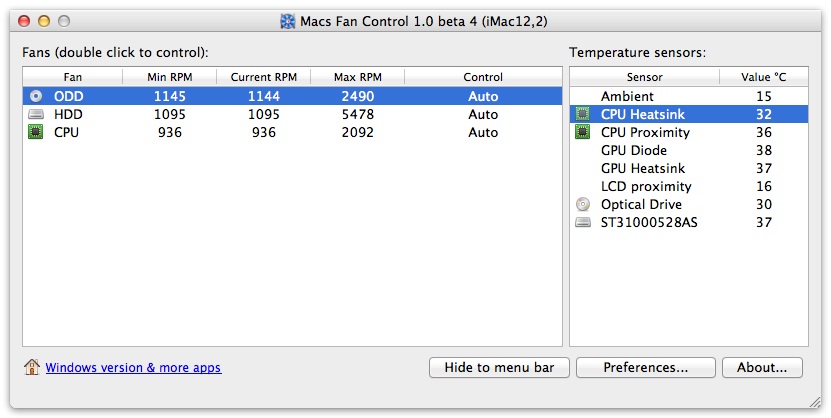

A dynamically typed language is a programming language where the data type of a variable is determined at runtime, rather than at compile time. This is in contrast to a compiled language, such as C++, where the source code is translated to machine code by a compiler before execution. In other words, an interpreter reads and executes the code line-by-line at runtime, converting it to machine code as it goes. Python is an interpreted programming language, meaning that the programs are executed directly from the source code, without the need for a compilation step. Additionally, Python is a popular language for embedded systems, where it is used to program devices such as microcontrollers, single-board computers (SBCs), and other devices. Many popular websites, including Instagram, Pinterest, and Dropbox are built using Python. Python is also used in web development, game development, automation and various other applications. It is popular in data science, machine learning, and artificial intelligence, due to its extensive libraries for numerical and scientific computing. Today, Python is widely used around the world for a variety of applications. Python was released to the public in 1991, quickly gaining a following because of its easy-to-learn syntax, rich library support, and community-driven development model.

Initially, Python was developed as a hobby, but gained popularity over time. The language was named after Monty Python, the British comedy group. Python was created by Guido van Rossum in the late 1980s, while he was working at the National Research Institute for Mathematics and Computer Science in the Netherlands.


 0 kommentar(er)
0 kommentar(er)
